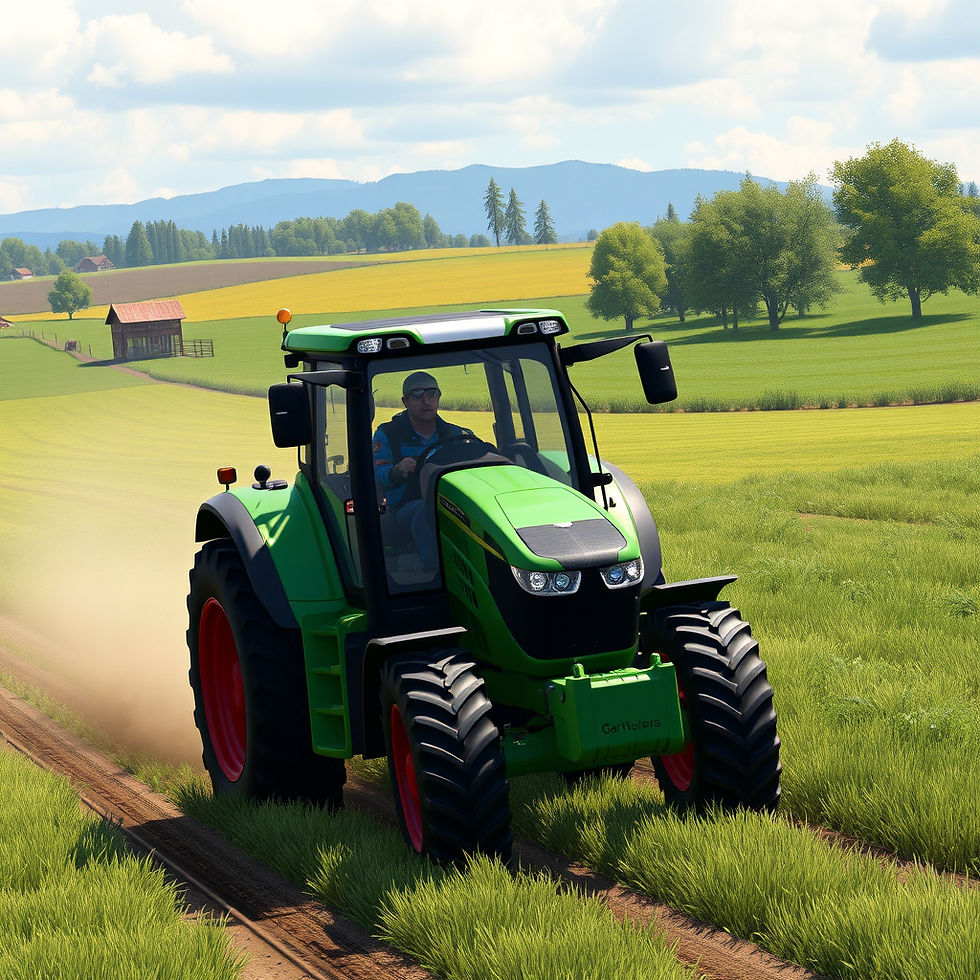Battle Royale Games: The Last-Player-Standing Phenomenon
- Geniuscrate

- Sep 30
- 2 min read

Few genres have shaken up the gaming industry quite like battle royale games. In less than a decade, they’ve gone from niche experiments to global sensations, dominating streaming platforms, esports arenas, and living rooms around the world. But what makes battle royale so addictive, and why has it become a defining trend in modern gaming?
The Origins of the Genre
The roots of battle royale stretch back to mods and experimental titles. Games like Minecraft Hunger Games servers and ARMA 2 mods laid the foundation, inspired by survival-based narratives from movies like Battle Royale and The Hunger Games. It wasn’t until PlayerUnknown’s Battlegrounds (PUBG) launched in 2017, however, that the genre exploded into the mainstream, setting the standard for 100-player showdowns.
The Core Formula: Simple Yet Thrilling
The brilliance of battle royale lies in its deceptively simple setup:
Dozens (or even hundreds) of players drop into a large map.
The play area shrinks over time, forcing confrontations.
Only one player or team survives.
This formula blends exploration, survival, and combat, creating unpredictable scenarios every match. The shrinking safe zone ensures that no game drags on, keeping the action tense and rewarding.
Popular Titles Defining the Genre
PUBG: The pioneer that popularized the formula with realistic gunplay and tactical pacing.
Fortnite: Added building mechanics, vibrant visuals, and cultural crossovers, making it a mainstream cultural phenomenon.
Apex Legends: Introduced unique characters (Legends) with special abilities, adding layers of strategy.
Call of Duty: Warzone: Brought blockbuster polish and fast-paced gunplay, appealing to FPS fans.
Free Fire: Tailored for mobile gamers, proving battle royale’s dominance extends far beyond consoles and PCs.
Why Players Love Battle Royale
The appeal is multi-faceted:
High stakes: Every match offers one chance at victory.
Replayability: No two games play out the same.
Accessibility: Many titles are free-to-play, lowering barriers for new players.
Community and competition: Streaming and esports thrive on the genre’s suspenseful gameplay.
Evolving the Formula
As popular as it is, battle royale continues to evolve. Developers experiment with smaller lobbies, shorter matches, narrative-driven modes, and even hybrid genres that mix survival with RPG or strategy elements. The future may bring battle royales into VR, AR, or even cloud-based platforms, further reshaping how players compete.
Conclusion
Battle royale games are more than just a trend; they’ve redefined competitive gaming by combining survival instincts with modern multiplayer design. Their mix of accessibility, unpredictability, and high stakes ensures they’ll remain at the forefront of gaming culture for years to come.
At GeniusCrate, we know the importance of environments, assets, and character models that can keep pace with the intensity of battle royale gameplay. That’s why we design high-performance, visually striking 3D assets that make fast-paced games both breathtaking and optimized, ensuring every showdown feels as immersive as the last.



Comments